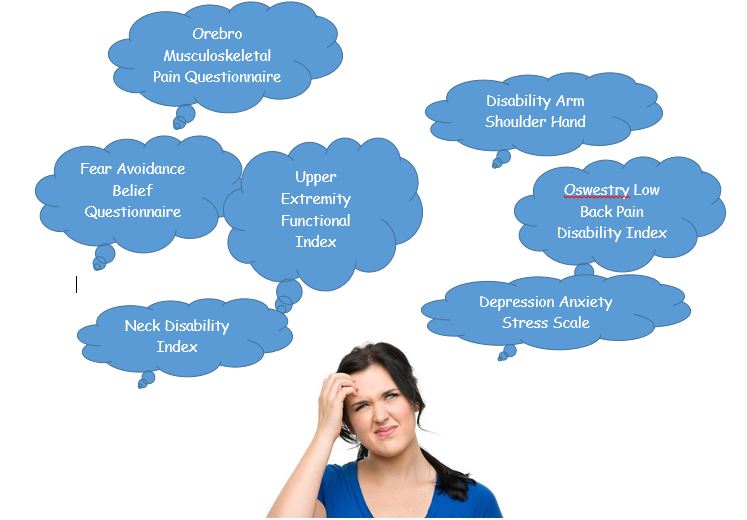More than half of people with WAD recover well and are free of pain or disability 1 year after injury (Carroll et al 2008). However, this means that many others have more trouble recovering from their injuries. If physiotherapists could identify which patients would improve naturally over time and which ones would not, they could better manage the patient’s treatment in the early stages of recovery.
Sterling et al (2010) identified three recovery pathways following whiplash injury:
- 45% of patients who have initial mild levels of pain-related disability are predicted to have a good recovery
- 39% of patients who have initial moderate to severe pain-related disability are predicted to have moderate levels of disability at 1 year post-injury
- 16% of patients who have initial severe pain-related disability are predicted to have moderate or severe disability at 1 year post-injury
Key risk factors for poor recovery are initially higher levels of reported pain and initially higher levels of disability. Walton et al (2013) recommended that initial pain scores of >5.5 on a visual analogue scale from 0 to 10 and scores of >29% on the Neck Disability Index are useful cut-off scores for clinical use.
Other prognostic factors include:
- Symptoms of post-traumatic stress
- Negative expectations of recovery
- High pain catastrophizing
- Cold hyperalgesia
Ritchie et al (2015) developed and validated a clinical prediction rule for WAD. This predicted 2 recovery pathways following an acute whiplash injury:
- Ongoing moderate/severe pain and disability in the presence of baseline NDI scores of 40% or greater, age of 35 years or older, and a hyperarousal subscale symptom score on the Post-traumatic Stress Diagnostic Scale of 6 or greater.
- Full recovery in individuals less than 35 years of age with a baseline NDI score of 32% or less
Although further studies are needed to comprehensively validate this clinical prediction rule, results to date estimate that where the above criteria are met, the probability of ongoing moderate/severe pain and disability is 90%, and of full recovery is 80%. It must be noted that these studies included only patients with grade II WAD (Quebec Task Force Classification) who had musculoskeletal signs including decreased range of movement and point tenderness but not patients with neurological signs or fracture/dislocation.
References
Carroll L, Holm L, Hogg-Johnson S, Cote P, Cassidy D, Haldeman S, et al. Course and prognostic factors for neck pain in whiplash-associated disorders (WAD):results of the bone and joint decade 2000–2010 task force on neck pain and itsassociated disorders. Spine. 2008;33:583–592.
Ritchie C, Hendrikz J, Jull G, Elliott J, and Sterling M. External Validation of a Clinical Prediction Rule to Predict Full Recovery and Ongoing Moderate/Severe Disability Following Acute Whiplash Injury. J Orthop Sports Phys Ther. 2015;45:242–50.
Sterling M, Hendrikz J, Kenardy J. Developmental trajectories of pain/disabilityand PTSD symptoms following whiplash injury. Pain. 2010;150:22–28.
Walton D, MacDermid J, Giorgianni A, Mascarenhas J, West S, Zammit C. Riskfactors for persistent problems following acute whiplash injury: update of asystematic review and meta-analysis. J Orthop Sports Phys Ther. 2013;43:31–43.


